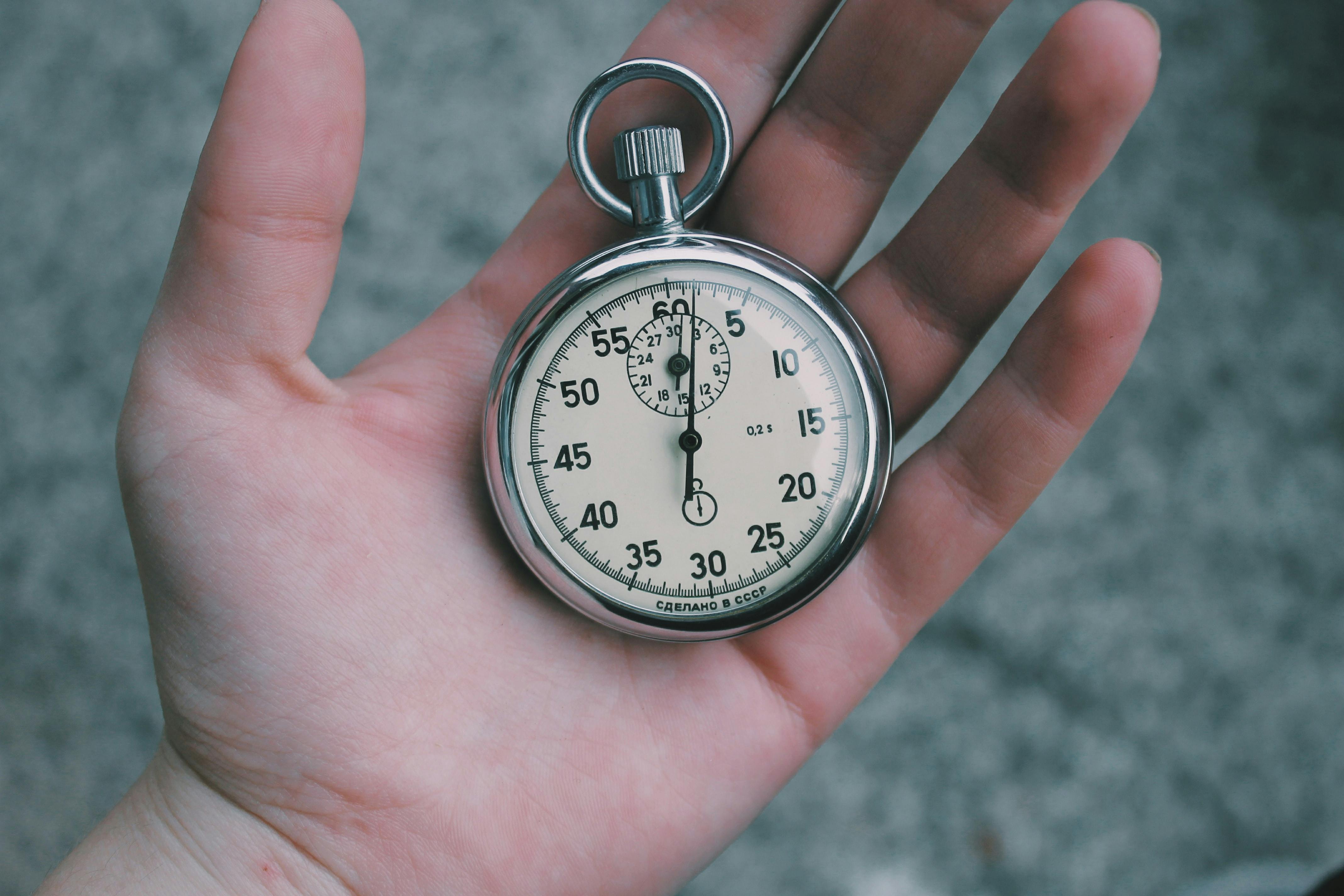First published on Friday, July 26, 2024
Last updated on Friday, July 26, 2024
Managing employee time and attendance can be a real headache for small business owners. But it doesn't have to be: clock in systems can liberate you from tedious manual processes. These excellent tools streamline tracking work hours, ensuring accuracy and improving overall business operations.
In this guide, we'll discuss different systems' benefits and limitations to help determine which clocking-in system might be most suitable for your small business.
Why small businesses need clock in systems
Small businesses often manage limited resources, making efficient time management crucial. A reliable staff clock in system helps track employee hours accurately, reducing payroll errors and ensuring compliance with Working Time Regulations. These systems save time and effort, so you can focus on what matters—growing your business.
By automating time tracking, you can eliminate tedious manual processes, reduce administrative workload, and gain valuable insights into employee productivity. These systems also promote transparency and accountability, fostering a positive work environment.
Types of clock in systems
Punch Card Clocks
Punch card clocks are an old-school way of tracking employee hours. Employees insert a card into the machine, stamp the time and date, and create a physical record of their work hours.
Benefits of Punch Card Clocks:
Easy to use, perfect for businesses with limited technical expertise
Provides a physical record of employee hours, useful for audits and payroll verification
Generally affordable, making them a budget-friendly option
Limitations of Punch Card Clocks:
Requires manual calculation of work hours, which can be time-consuming and prone to errors
Lacks advanced features like payroll integration or real-time monitoring
Managing physical punch cards can take time and effort
Timecard Machines
Time card machines offer a more streamlined approach. Employees use a card or key fob to tap at a time station, which records their work hours electronically.
Benefits of Timecard Machines:
Easy to use with minimal training
Provides precise time tracking, reducing the risk of manual calculation errors
Can integrate with payroll software, simplifying the payroll process
Limitations of Timecard Machines:
More expensive than punch card clocks, with additional costs for installation and maintenance
May experience technical glitches, requiring occasional maintenance and support
Employees must be physically present at the time station, which may not suit remote or field-based workers
Biometric Clocking-In Machines
Biometric machines use advanced technology, such as fingerprint or retinal scanners, to record attendance, offering high accuracy and security.
Benefits of Biometric Clocking-In Machines:
Eliminates the risk of buddy punching and ensures precise time tracking
Provides a secure method of recording attendance, preventing unauthorised access
Streamlines the clocking-in process, reducing manual entry time
Limitations of Biometric Clocking-In Machines:
It can be expensive to install and maintain, which may not suit limited budgets
Employees might worry about using biometric data, which needs clear communication and reassurance
May face problems like difficulties reading fingerprints or retinal scans
Digital Time Clocks
Digital time clocks are electronic devices recording employee work hours, often featuring touch screens, PIN codes, and badge swipes.
Benefits of Digital Time Clocks:
Offers various methods for employees to clock in, providing convenience
Can integrate with payroll and HR software, streamlining administrative processes
Allows real-time tracking of employee attendance, providing valuable insights
Limitations of Digital Time Clocks:
Can be pricey, with additional software integration and support expenses
Training may be required to use all features effectively
Regular updates and maintenance are needed to prevent technical issues
Mobile Apps
Mobile clocking apps are popular due to their convenience and accessibility. They allow employees to clock in and out using their smartphones.
Benefits of Mobile Apps:
Employees can clock in and out from anywhere, ideal for remote and mobile workforces
Often integrates with payroll and HR systems, automating time tracking
Managers can access real-time attendance data, aiding informed decision-making
Limitations of Mobile Apps:
Requires access to smartphones and reliable internet, which may not always be feasible
Ensuring the security of sensitive employee data is crucial, and robust security measures are needed
May need to provide technical support should employees experience any app issues
Discover the small business clock in system from BrightHR
Choosing the right clocking-in system for your small business depends on your needs and resources. While traditional methods like punch card clocks and timecard machines offer simplicity and reliability, modern solutions like biometric machines, digital clocks, and mobile apps provide enhanced accuracy, security, and convenience.
Mobile clock in apps for work , in particular, are an excellent choice for small businesses looking to streamline operations and boost efficiency. They offer flexibility, real-time data, and seamless payroll integration, so we created our own: Blip.
Book a demo today and see how Blip can transform your business operations.










